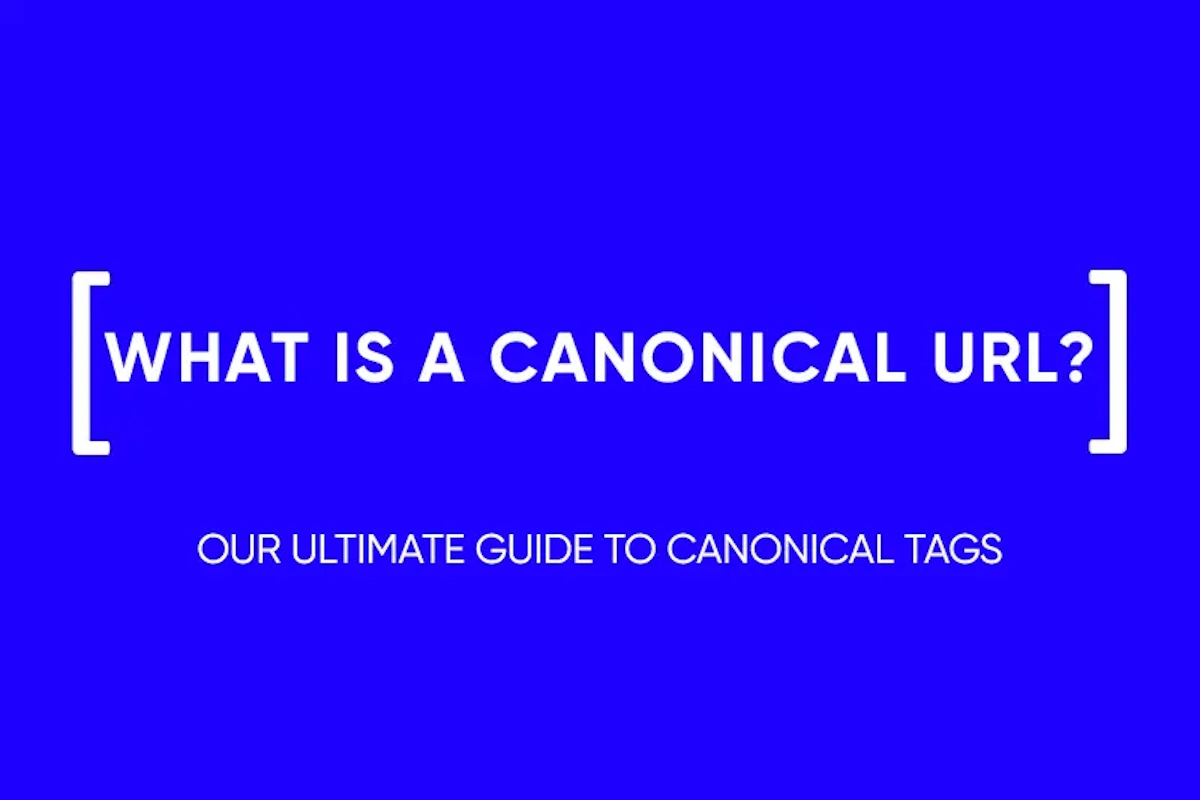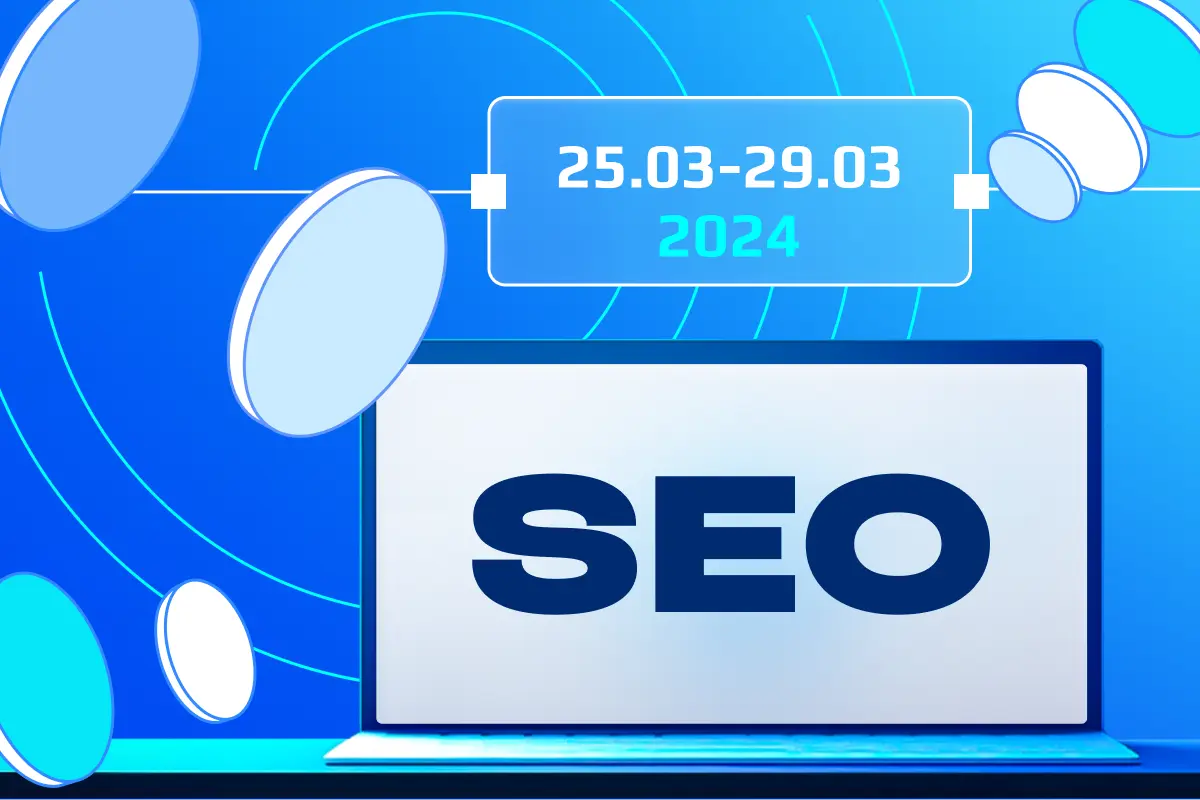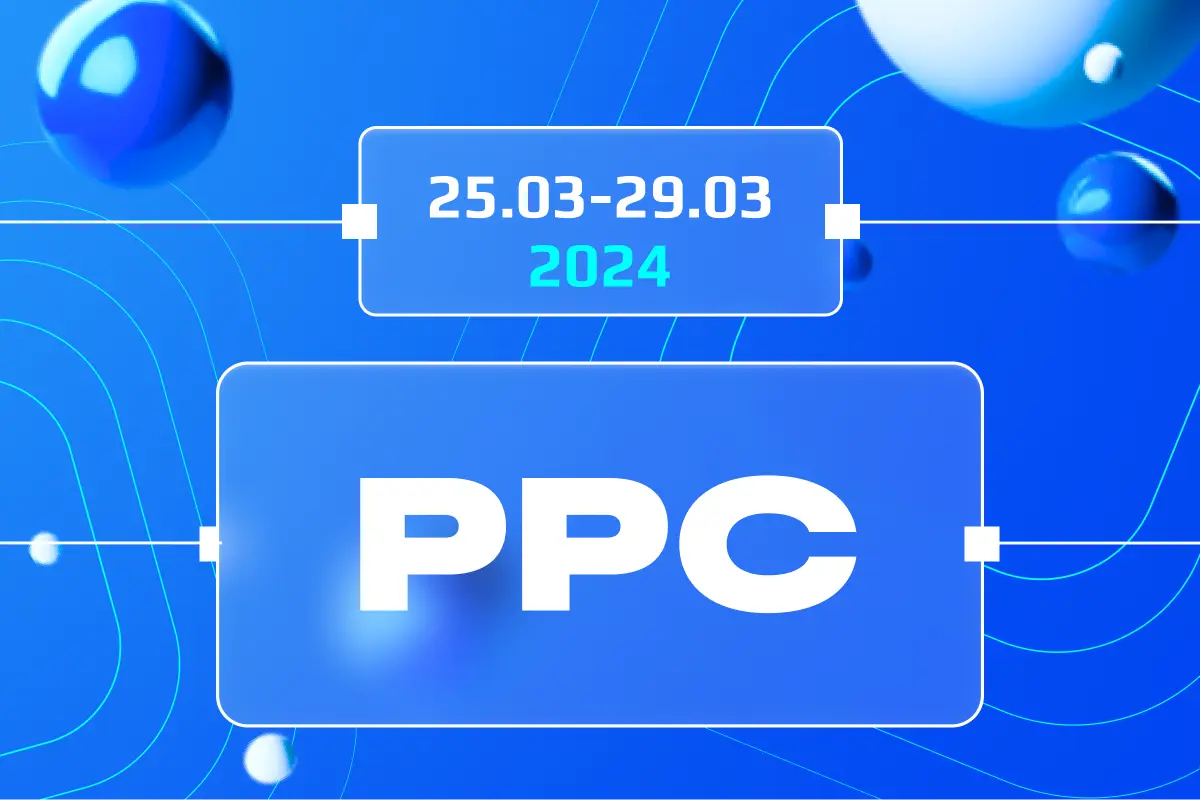What Are Banner Ads and How Do They Work?
Banner advertising is a form of digital marketing where an advertisement or “banner” is placed on websites to drive traffic to a particular website or landing page. These banners are typically image-based rather than text-based and can be seen in various sizes across the top, bottom, or sides of a website. The primary goal is to promote a brand and get viewers to click on the advertisement. This method operates on various models, including pay-per-click (PPC), where advertisers pay a fee each time their ad is clicked.
Are Banner Ads Effective?
Banner ads can be highly effective if executed correctly. Their success hinges on their ability to grab attention, convey a message succinctly, and encourage interaction. Despite the challenge of “banner blindness” where users might ignore web banners, well-designed banner ads with relevant content and strategic placement can significantly improve visibility and click-through rates.

What Makes an Advertising Banner Successful?
A successful advertising banner combines compelling visuals, concise messaging, and a clear call-to-action (CTA). It should resonate with the target audience, reflecting their interests and addressing their needs. Success is not just about aesthetics; it’s about creating a connection with the viewer that encourages them to engage with the content.
What Elements Help Increase Impressions or Clicks?
Visual Elements That Fit in, but Stand Out
The design of a banner ad should be in harmony with the website it’s hosted on, yet distinct enough to catch the viewer’s eye. Using contrasting colors, dynamic shapes, or an unexpected layout can help your banner stand out without clashing with the site’s design.
Bold Text, but Not Too Much
The use of bold text can draw attention to key points or calls-to-action within a banner ad. However, it’s essential to balance boldness with readability. Overloading a banner with too much bold text can make it difficult to read, reducing its effectiveness. A focused message with a strong, clear font can communicate your message more effectively than a cluttered design.

Relevant Images
Choosing relevant images for your banner ads is crucial. The imagery should be directly related to the message you’re conveying or the product you’re promoting. High-quality, compelling images can capture the viewer’s attention and make the ad more memorable. Ensure that the images used are clear, professionally shot or designed, and resonate with your target audience. Remember, the image is often the first thing that draws a viewer’s attention, so make it count.
Strong Call to Action
A strong call to action (CTA) is essential for converting viewers into leads or customers. Your CTA should be clear, concise, and compelling, urging the viewer to take a specific action such as “Learn More,” “Sign Up Today,” or “Get a Free Trial.” The CTA should stand out visually, often with a button or in bold text, and be placed in a prominent position within the ad. Crafting a CTA that resonates with your audience and relates to your offer can significantly increase your ad’s effectiveness.
How to Create Banner Ads

Creating effective banner ads involves a strategic approach, from conceptualization to design and placement. Here’s how to start:
Decide Where You Want to Display Ads
Your ad’s placement is as crucial as its design. Research where your target audience spends their time online and consider websites that align with your brand’s values and offerings. Popular options include industry-specific sites, forums, and social media platforms. Choosing the right placement will ensure your ads are seen by the right people, increasing the likelihood of engagement.
Pick the Right Tool to Create Your Ad
Several tools are available for creating banner ads, ranging from professional design software like Adobe Photoshop to online banner makers that offer templates and drag-and-drop features. Your choice should depend on your design skills, budget, and the level of customization you require. Consider tools that offer flexibility in design while being user-friendly.
Incorporate a CTA
Your banner ad should always include a call to action that tells viewers exactly what you want them to do. The CTA should be action-oriented, creating a sense of urgency or benefit. Make sure it’s visually distinct within the ad, using contrasting colors or a button to make it pop. The language of your CTA should be direct and persuasive, ensuring it’s aligned with the overall message of your ad and the landing page it links to.
Create Striking Visuals
The visual appeal of your banner ad is paramount. Striking visuals not only grab attention but also play a crucial role in conveying your brand’s message. Utilize vibrant colors, high-quality graphics, and creative designs that align with your brand identity. Consider the psychology of color and how different colors can influence mood and behavior. Ensure that your visuals are optimized for different devices, maintaining clarity and impact across all screens.
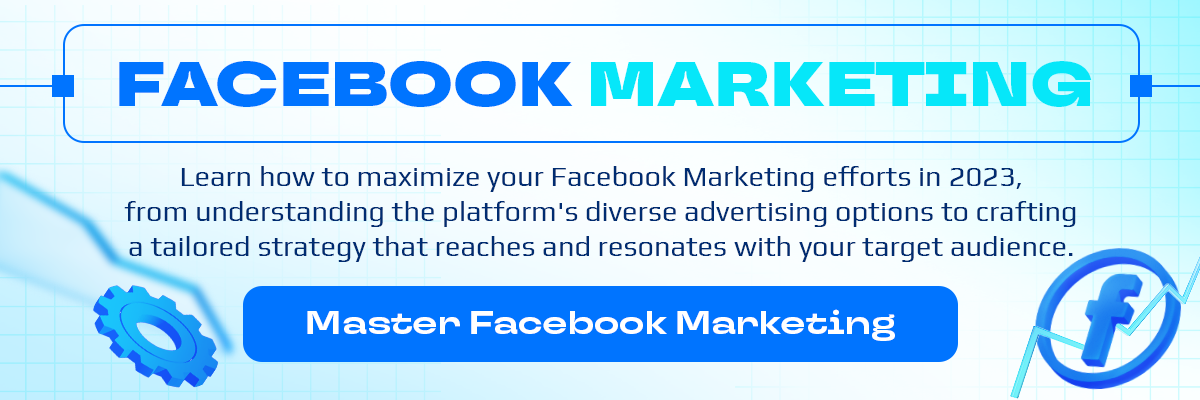
Write Compelling Copy
The copy within your banner ad should be concise, clear, and compelling. It needs to communicate your message effectively within a few words, making every word count. Highlight the benefits of your offer or product, and why it’s relevant to your target audience. Use persuasive language that encourages the viewer to take action. Remember, the goal is to intrigue and inform, leading them towards your call to action.
Get Your Landing Page in Top Shape
The effectiveness of your banner ad doesn’t just depend on the ad itself but also on where it leads. Your landing page should be optimized to match the promise made in your ad, providing a seamless experience from click to conversion. Ensure your landing page is clear, loads quickly, and is mobile-friendly. It should prominently feature the same call to action as your ad, making it easy for visitors to take the next step. The content on your landing page should be engaging and directly related to the ad, reinforcing the viewer’s decision to click through.
Keep Things Simple
Simplicity is key in banner ad design. A cluttered ad can overwhelm viewers, causing them to disengage. Keep your ad design clean and straightforward, focusing on a single message or offer. Use space effectively to highlight the most important elements, such as your call to action and key messaging. A simple, well-designed ad can often be more effective than one with too many elements competing for attention.
Where to Buy Banner Ads?
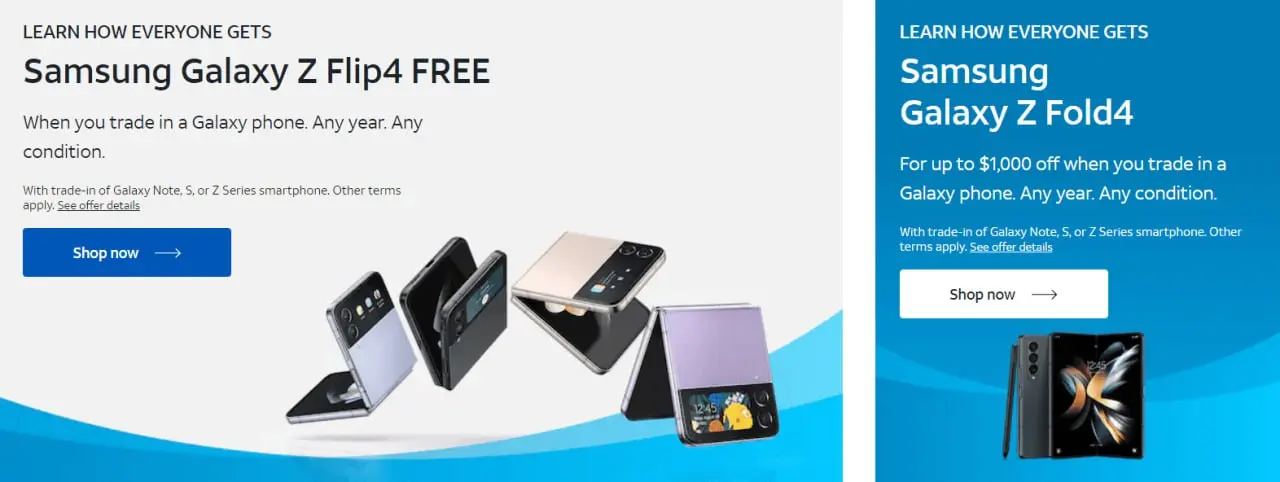
One-off Banner Ads
Purchasing one-off banner ads directly from websites or publishers can be a great way to ensure your ads are displayed in highly targeted or niche environments. This method allows for direct negotiation of placement and price, potentially giving you more control over where and how your ad is displayed. It’s ideal for targeted campaigns where you have a specific audience or site in mind.
Ad Networks
Ad networks serve as intermediaries between advertisers and websites hosting ads. By using an ad network, you can access a wide range of sites and placements without negotiating directly with each one. Ad networks offer tools for targeting, optimization, and tracking, making it easier to manage and scale your campaigns. Popular ad networks include Google Ads, Facebook Ads, and programmatic advertising platforms that use real-time bidding (RTB) for ad placement. These networks can offer extensive reach and the ability to refine targeting based on audience behavior, interests, and demographics.

The Pros and Cons of Using Banner Ads
Banner advertising has been a staple in digital marketing for years. Like any strategy, it has its advantages and drawbacks.
- Visibility: Banner ads can significantly increase brand visibility when placed on relevant sites.
- Targeting: Advanced targeting options allow for reaching specific demographics, interests, and behaviors.
- Flexibility: Offers the flexibility to use various multimedia elements and creative designs.
- Analytics: Provides measurable results through clicks, impressions, and conversion rates, allowing for optimized campaigns.
- Banner Blindness: The phenomenon where users ignore banner ads, reducing their effectiveness.
- Ad Blockers: Increasing use of ad blockers can limit the reach of banner ads.
- Cost: Depending on the placement and competition, costs can be high for premium spaces.
- Relevance: Poorly targeted ads may not reach the intended audience, wasting resources.
Tips for Creating Banner Ads
Creating effective banner ads requires a combination of creativity, strategy, and understanding of your audience.
Minimal Text
Keep the text in your banner ads to a minimum. Focus on a clear, concise message that communicates your value proposition or call to action at a glance. Overloading your ad with text can overwhelm viewers and detract from its overall impact.
Brand Imagery
Use imagery that reflects your brand’s identity and values. Consistent use of logos, color schemes, and stylistic elements can enhance brand recognition and trust. Ensure that your imagery aligns with the message and tone of the ad to create a cohesive brand experience.
Vibrant Visuals
Incorporate vibrant visuals that capture attention and evoke emotions. Bright colors, dynamic shapes, and compelling imagery can make your ad stand out in a crowded digital space. However, balance vibrancy with readability to ensure your message is clear.
Cohesive, Yet Eye-Catching
Your ad should be cohesive with your overall brand and the specific campaign, but it also needs to stand out. Use creative layouts, interesting typography, and unique design elements to draw the viewer’s eye. A well-designed ad that reflects your brand’s aesthetic can be both cohesive and captivating.
A Call To Action
Every banner ad should include a strong call to action (CTA) that encourages viewers to take the next step. Whether it’s to learn more, sign up, or make a purchase, your CTA should be clear, direct, and compelling. Use contrasting colors or design elements to make your CTA button or text pop from the rest of the ad.
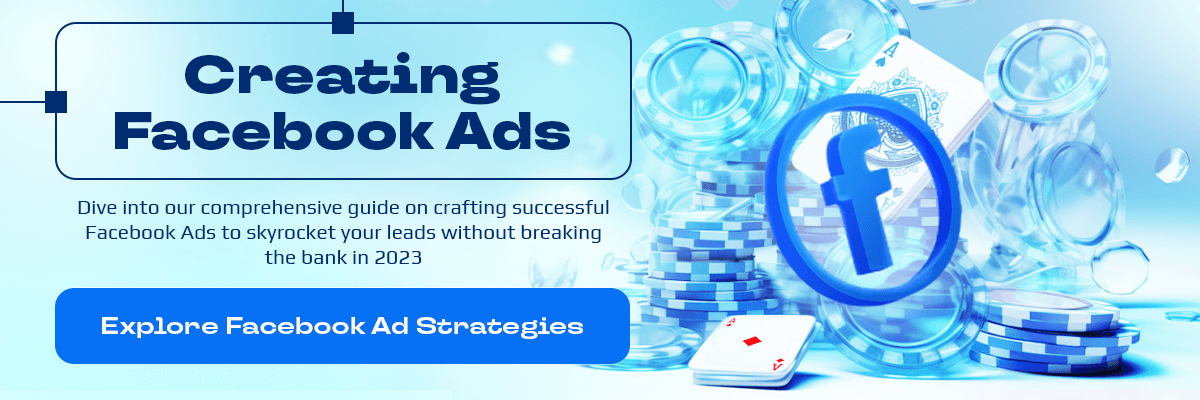
3 Effective Banner Ad Examples
In the world of digital advertising, banner ads stand out by combining compelling visuals with clear messaging. Here are three examples that showcase best practices in banner ad design and execution.
Example 1: Eco-Friendly Home Goods Store
A tech company launches a new product and uses a banner ad featuring a sleek image of the gadget, a minimalistic background, and a bold headline that promises a revolutionary user experience. The CTA “Discover the Future” is placed prominently, inviting clicks with its promise of innovation. This ad is effective due to its focus on the product’s appeal and a clear call to action that stirs curiosity.
Example 2: Fitness Tracking App
A travel agency uses a banner ad to promote exclusive holiday packages. The ad features breathtaking scenery that instantly grabs attention, coupled with a tagline “Escape to Paradise.” A bright “Book Now” button stands out against the serene backdrop, offering viewers a direct pathway to making their dream vacation a reality. This ad’s strength lies in its visually appealing imagery and a straightforward CTA that taps into the viewer’s desire for a getaway.
Example 3: Online Culinary Classes
An online culinary school uses a banner ad featuring high-definition images of mouth-watering dishes prepared by students. The headline “Master the Art of Cooking from Home” is positioned atop the imagery, with a “Start Your Free Trial” button in bold red, offering a risk-free way to engage with the service. This ad effectively uses enticing visuals and a straightforward offer to attract aspiring chefs, emphasizing the convenience and appeal of learning culinary skills online.
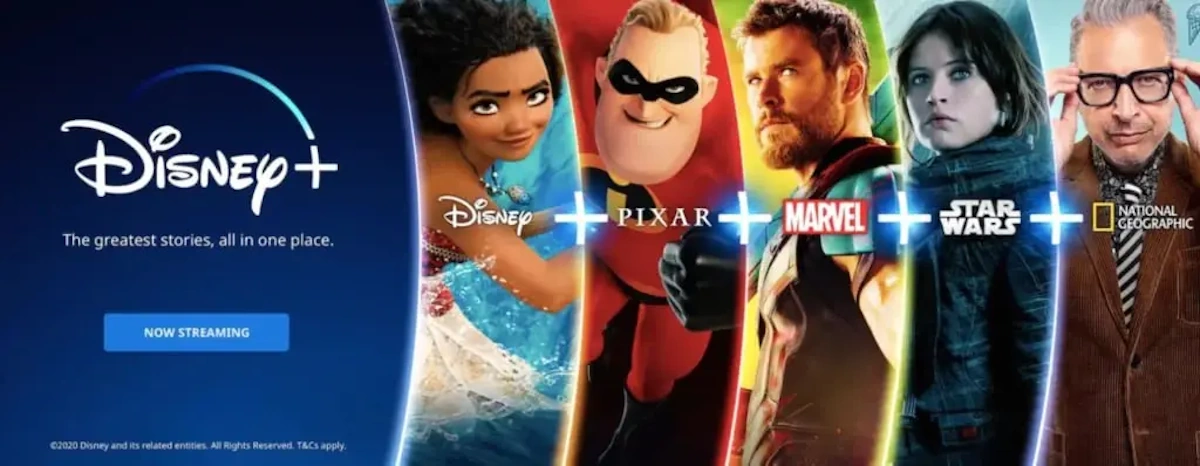
Banner Ads FAQ
A banner ad is a form of digital advertising that appears on websites in the form of a rectangular graphic display. These ads vary in size and position but are typically found along the top, bottom, or sides of a webpage. Banner ads are intended to promote a brand, product, or service and encourage viewers to click through to a landing page where they can learn more or make a purchase. They can be static or animated and often include visuals, text, and a call-to-action (CTA). The effectiveness of a banner ad is measured through metrics such as impressions (how many times the ad is viewed) and click-through rate (CTR, the ratio of viewers who click on the ad to the number of total viewers).
Banner advertising and pay-per-click (PPC) advertising are two prominent strategies in digital marketing, but they operate differently. Banner advertising involves placing visual ads on websites to catch the audience’s attention and encourage clicks. These ads are typically paid for based on the number of impressions (views) they receive, irrespective of whether viewers click on them or not.
On the other hand, PPC is a model where advertisers pay each time a user clicks on their ads, which can be text-based or visual. PPC ads are often displayed on search engine results pages (SERPs) and social media feeds, in addition to websites. The key difference lies in the payment structure and the ad’s placement strategy, focusing on user searches and interests for PPC, while banner ads prioritize visual appeal and brand awareness.
Yes, banner ads are still widely used in digital marketing. Despite the emergence of new advertising formats and platforms, banner ads remain a valuable tool for brand visibility and direct marketing efforts. Their evolution in design, targeting capabilities, and integration with programmatic advertising has kept them relevant. By leveraging advanced analytics and creative strategies, advertisers continue to effectively use banner ads to reach and engage their target audiences.
Banner ads can be found across the internet on a wide variety of websites, including news sites, blogs, forums, and social media platforms. They appear in designated ad spaces that can be located at the top, bottom, or sides of a webpage. Some banner ads are also embedded within the content, ensuring visibility as users scroll through a site. The placement of these ads is strategically chosen based on the target audience’s interests and behaviors, making them a flexible option for reaching potential customers in different online environments.
Conclusion
Banner ads have stood the test of time in the rapidly evolving landscape of digital marketing. Their ability to blend visual appeal with targeted messaging makes them a powerful tool for brands looking to increase visibility, engage with audiences, and drive conversions. While the digital advertising space continues to grow and diversify, the fundamental principles of effective banner advertising—relevance, creativity, and strategic placement—remain unchanged. By understanding the nuances of banner ads, including their strengths, limitations, and how they compare to other advertising models like PPC, marketers can better leverage this format to achieve their campaign objectives. Whether seeking to boost brand awareness, promote a new product, or drive traffic to a website, banner ads offer a versatile and impactful advertising solution.
and stay up-to-date with the latest news about our platform and affiliate marketing.


